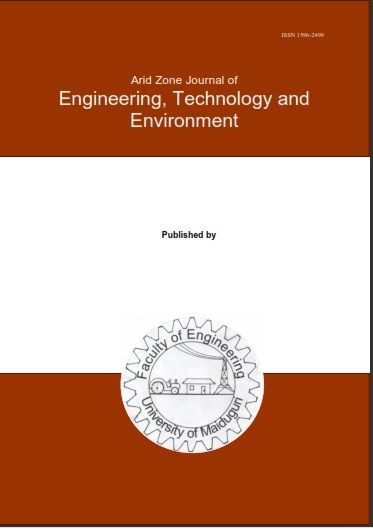Abstract
Welding dissimilar metals require technical expertise to achieve moderate cost, quantity, and quality, but selecting the right parameters is challenging due to various operating conditions. The paper optimized welding process parameters for two dissimilar metals, INCONEL 625 and GL E360, focusing on mechanical properties like tensile strength and hardness. The welding process parameters were optimized using Gas Metal Arc Welding power sources, Flux Cored Wire Electrode (FCWE), design experts, and response surface methodology, and tensile strength and hardness tests were conducted. At the anticipated optimal process welding parameters of 52.86 m/s welding speed, 5.28 m/min welding feed rate, and 23.16 volts, three confirmation experiments were carried out. The study revealed that the tensile strength and hardness of the welding process significantly influenced response variables, ranging from 380 MPa to 500 MPa. The most noticeable effect was observed at a welding speed of 52 m/s, a feed rate of 5.6 m/min, and a voltage of 26 V. The empirical model's tensile strength and hardness were validated using experimental results, and the software predicted 53 welding speed, 5 welding feed rate and 23 voltages. The welding process parameters significantly impacted tensile strength and hardness, while the welding feed rate parameter had the least impact on both.

This work is licensed under a Creative Commons Attribution-NonCommercial-NoDerivatives 4.0 International License.
Copyright (c) 2025 ARID ZONE JOURNAL OF ENGINEERING, TECHNOLOGY AND ENVIRONMENT

